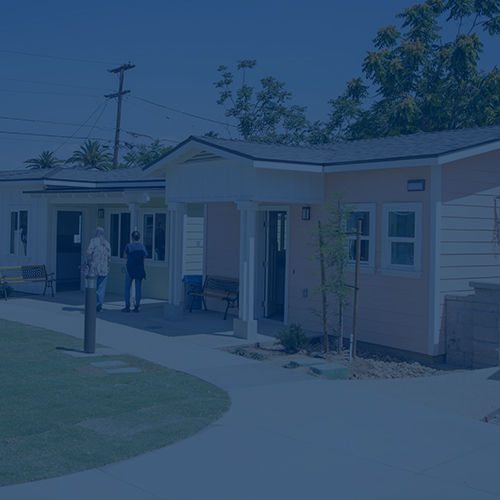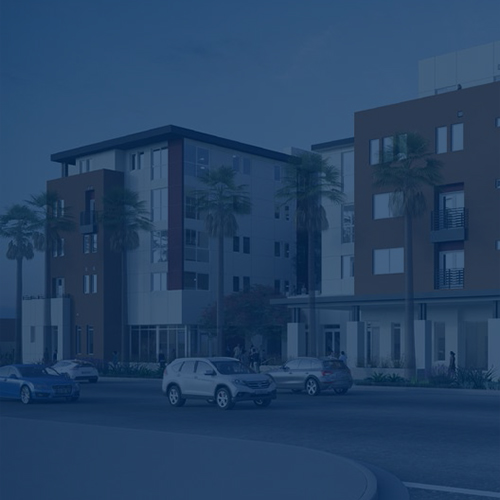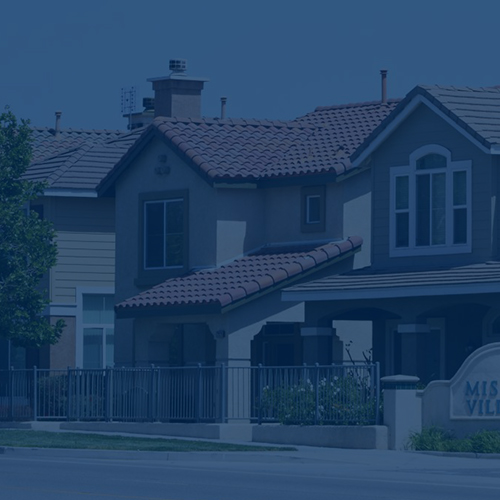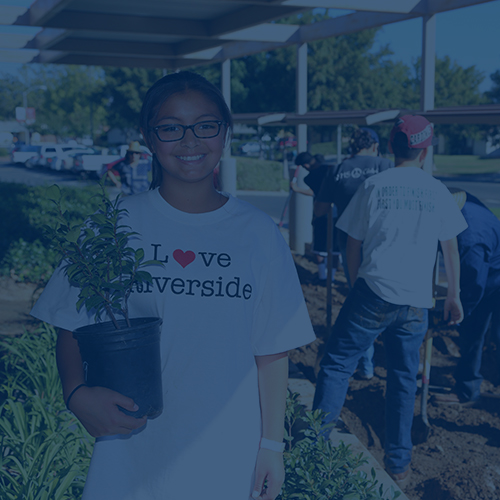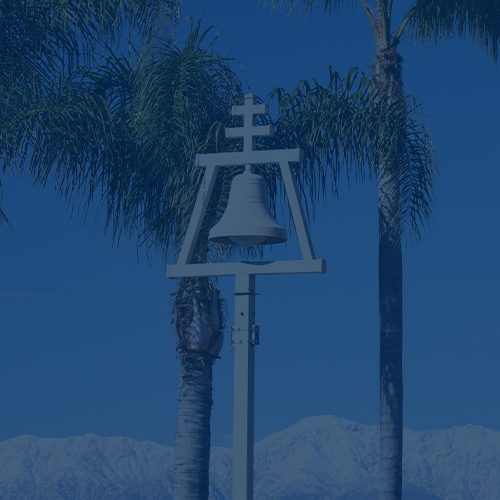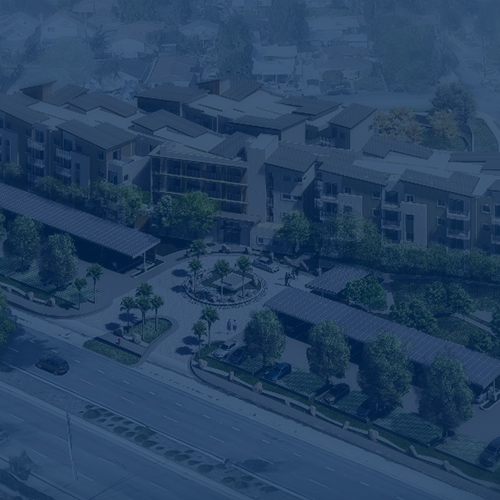Welcome to the
Department of Housing & Human Services
The Department of Housing & Human Services develops public and private partnerships aimed at ameliorating the causes and effects of poverty; implements grants aimed at providing decent housing and suitable living environments and expanding economic opportunities; provides direct outreach services that coordinates services directed towards reducing and preventing homelessness by providing a wide-range of services and resources for homeless persons; and increasing affordable and permanent supportive housing opportunities for very low to low income individuals and families to achieve housing stability and self-sufficiency.




